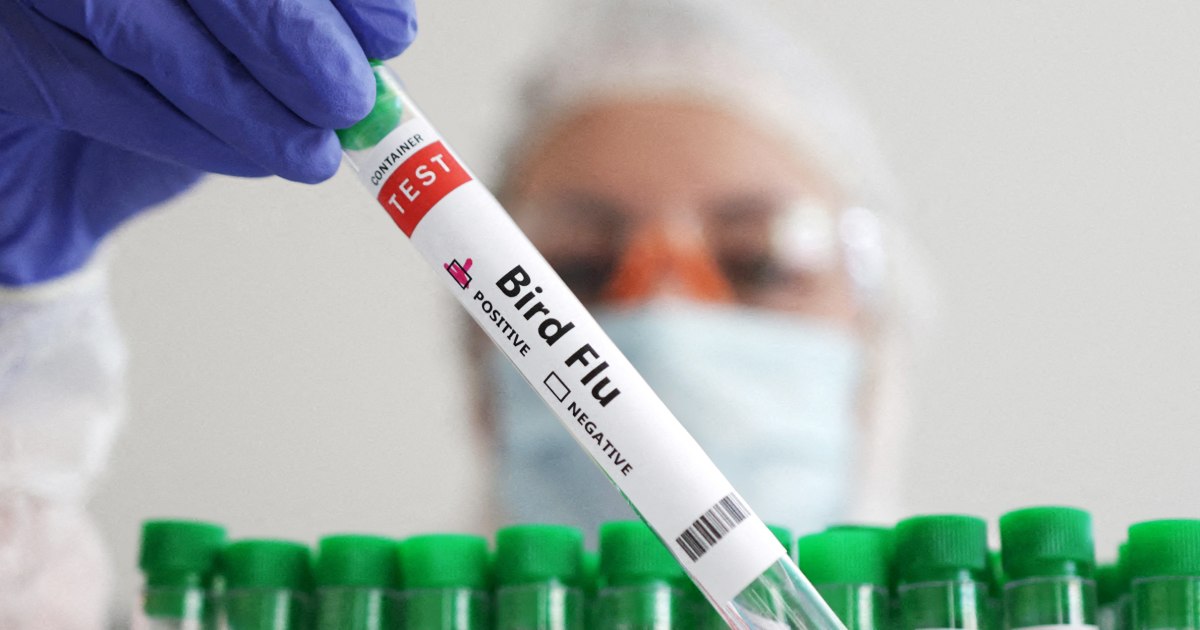
Colorado has reported three presumptive cases of H5 bird flu virus infection in poultry workers, the Centers for Disease Control and Prevention said on Friday.
The three people experienced mild symptoms, the CDC said in a statement. The infections occurred in workers who were culling infected animals at a poultry facility that was experiencing an outbreak of H5N1 bird flu, it said.
The symptoms included conjunctivitis, or pink eye, and common respiratory infection symptoms, Colorado officials said in a statement, adding that none of the people were hospitalized.
State epidemiologists said the infections appear to have occurred through contact with infected poultry.
The CDC said it is sending a team to Colorado to support an investigation and that the risk to the general public remains low.
Human infections with H5N1 avian flu are concerning because of the potential to cause severe disease and possibly spark a pandemic if the virus were to change and acquire the ability to spread easily from person to person, the CDC said.
The cases are part of a far-reaching outbreak of H5N1 bird flu that has been spreading globally in wild birds, infecting poultry and various species of mammals and causing an outbreak in U.S. dairy cows.
“There are no signs of unexpected increases in flu activity otherwise in Colorado, or in other states affected by H5 bird flu outbreaks in cows and poultry,” the CDC said.
Preliminary testing by Colorado officials showed the three were infected with a novel type of influenza and are presumed to have bird flu. Samples have been sent to the CDC for confirmatory testing.
If positive, they would represent the fourth case of bird flu in Colorado and the seventh U.S. case of the virus since March.
There has been one H5N1 case in a human being after exposure to poultry since 2022, the CDC says on its website. That prior case was in reported on April 28, 2022. There have been four cases in humans after exposure to dairy cows since 2022. All the dairy cow cases were this year.
The CDC said findings from their investigation will inform whether guidance changes are needed. An analysis of the virus sequences from this outbreak also will be important to determine if a change in the risk assessment is warranted.
The CDC said its recommendations with regard to H5N1 remain unchanged and urged people to avoid close, prolonged or unprotected exposure to sick or dead animals, including wild birds, poultry, other domesticated birds, and other wild or domesticated animals, including cows.
People should also avoid unprotected exposures to animal feces, litter, unpasteurized or raw milk, or materials that have been near or touched by animals with suspected or confirmed bird flu, it said.






